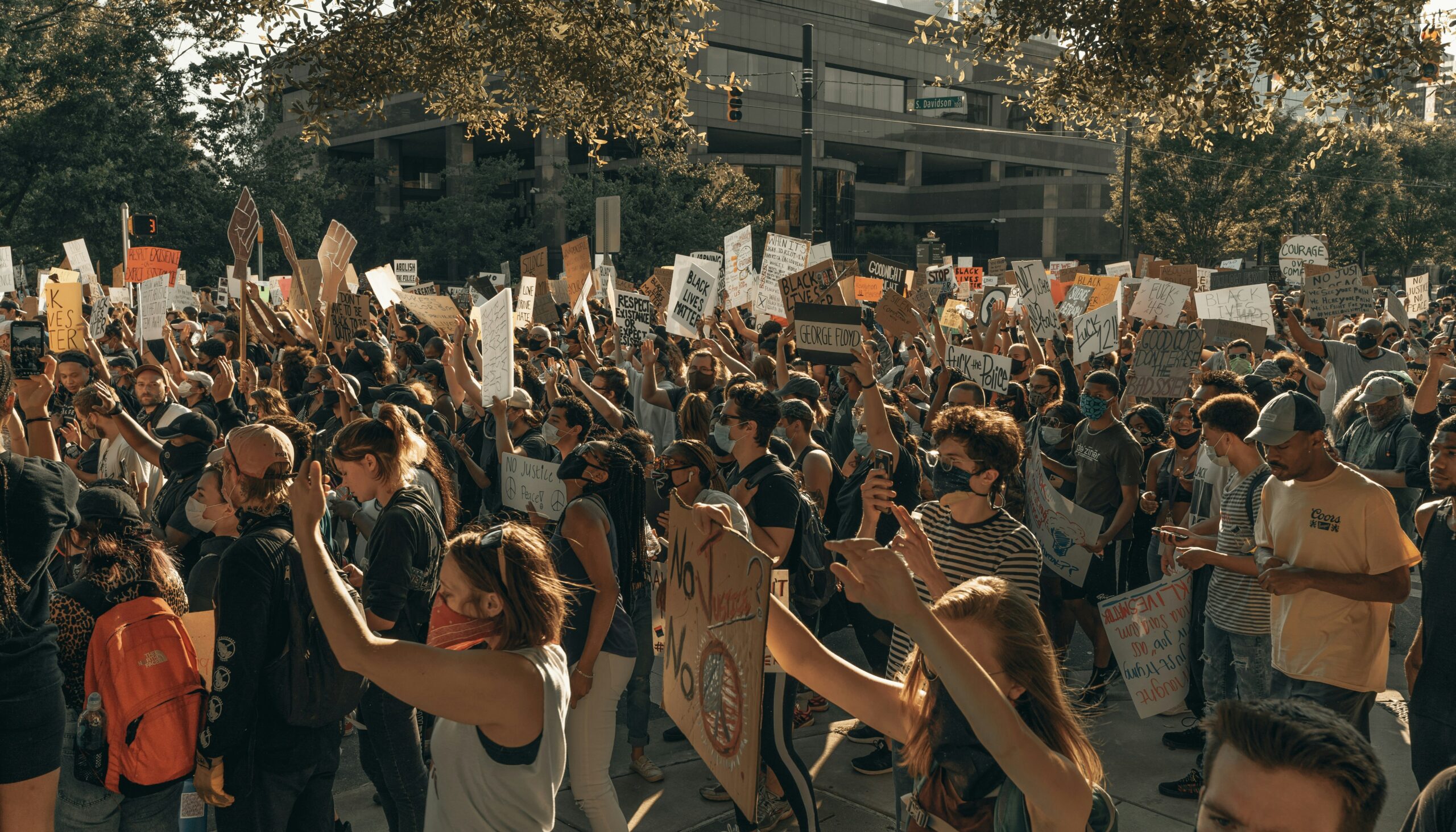
Introduction
In the past month, protests have erupted across 30 campuses in the United States, resulting in the arrest of over 1500 individuals. These protests have highlighted various issues and grievances that students and faculty members have been grappling with. In this article, we will explore ten key points that shed light on the current state of affairs.
1. Widespread Dissatisfaction
The wave of protests reflects a widespread dissatisfaction among students and faculty members regarding a range of issues. These include concerns about racial injustice, inadequate campus resources, rising tuition fees, and the lack of institutional support for marginalized communities.
2. Student Activism
Student activism has played a pivotal role in organizing and mobilizing these protests. Social media platforms have been instrumental in spreading awareness and coordinating efforts across different campuses. This surge in student activism indicates a growing desire for change and a demand for a more inclusive and equitable education system.
3. Racial Injustice
Racial injustice has been a central theme in many of these protests. Students are demanding that universities address systemic racism and implement policies that promote diversity, equity, and inclusion. These protests have sparked important conversations about the need for universities to confront their own histories of racism and take concrete steps towards meaningful change.
4. Campus Resources
One of the key grievances raised by protesters is the lack of adequate campus resources. Students are demanding increased funding for mental health services, counseling centers, and academic support programs. The protests have shed light on the significant barriers that students face in accessing essential resources for their well-being and academic success.
5. Rising Tuition Fees
The soaring cost of education has been a major concern for students and their families. Many protesters argue that the burden of rising tuition fees disproportionately affects low-income students, making higher education increasingly unaffordable. The protests have called for greater transparency in university finances and a reassessment of tuition fee structures.
6. Institutional Support
Protesters have criticized universities for their lack of support and accountability. They argue that institutions must take responsibility for addressing the concerns raised by students and faculty members. This includes creating channels for meaningful dialogue, implementing policies that protect marginalized communities, and actively working towards dismantling systemic inequalities.
7. Police Brutality
Several incidents of police brutality have been reported during these protests, further fueling the outrage and determination of the demonstrators. These incidents have drawn attention to the need for police reform and the importance of ensuring the safety and well-being of protesters exercising their right to free speech.
8. Solidarity and Allyship
The protests have fostered a sense of solidarity and allyship among students and faculty members. People from diverse backgrounds have come together to support each other and amplify each other’s voices. This unity has been instrumental in sustaining the momentum of the protests and pushing for meaningful change.
9. University Responses
University administrations have responded to the protests in various ways. Some institutions have taken steps to address the concerns raised by protesters, such as implementing diversity and inclusion initiatives or revisiting campus policies. However, critics argue that these responses often fall short of the systemic changes necessary to address the root causes of the protests.
10. Future Outlook
The protests have sparked a larger conversation about the role of universities in society and the need for structural reforms. Moving forward, it is crucial for universities to actively engage with students and faculty members, address their concerns, and work towards creating a more inclusive and equitable educational environment. The future of higher education depends on the ability of institutions to listen, learn, and take meaningful action.
Conclusion
The protests across 30 US campuses in the past month have shed light on a range of issues and grievances faced by students and faculty members. From racial injustice to rising tuition fees, these protests have highlighted the urgent need for change within higher education institutions. The voices of the protesters have sparked important conversations and have the potential to drive meaningful reforms. It is crucial for universities to listen, engage, and take concrete steps towards creating a more inclusive and equitable educational environment.







